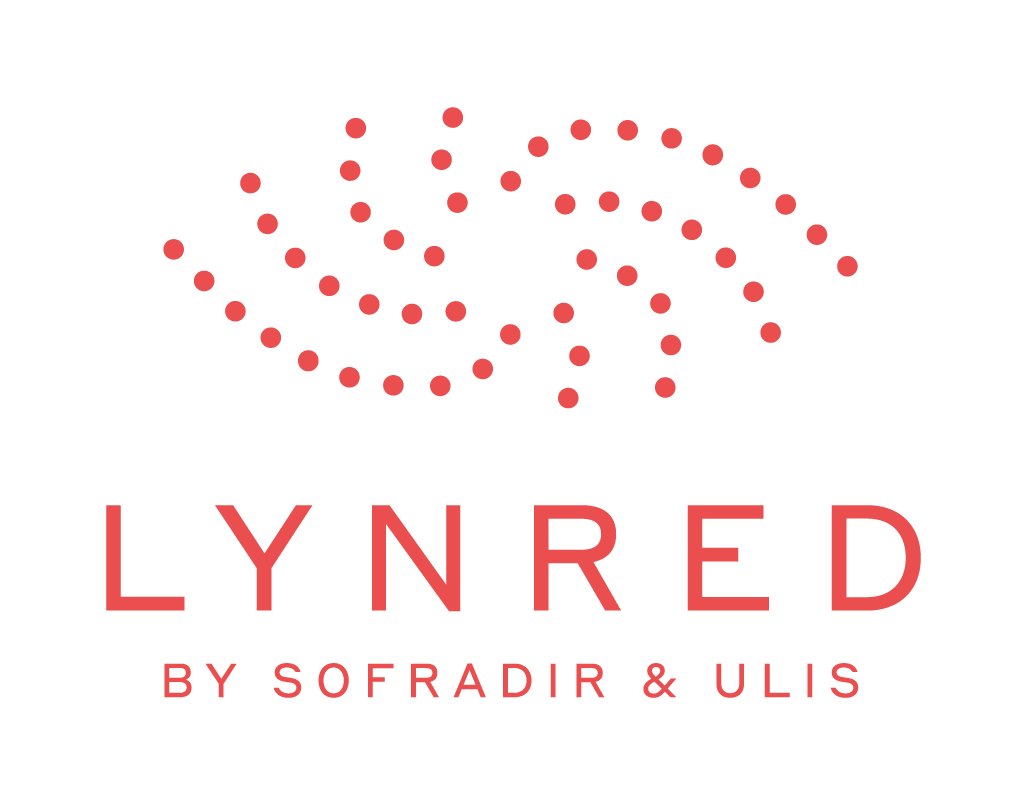
Asteroid News
Commisioning of Asteroid cryostat's temperature control
Wednesday, Nov 25, 2020
The temperature control of the ASTEROID cryostat has been commissioned during Sept-Oct, 2020. After the simulation and tuning of the PID controllers, the dummy detector reached a relative temperature error of 0.5 mK at 100K and 50K, both exceeding the current temperature stability requirements. The next stage will be the integration with the custom SWIR optical setup to readout the ALFA detector, an ESA’s HgCdTe detector prototype developed by the consortium as a probe of concept.
More InformationThe Quantix test bench
Monday, Oct 12, 2020
The Quantix test bench is a cryostat designed to measure quantum efficiency. The quantum efficiency is the ratio of the photonic current measured by the detector (in e-/s/pixel) to the photon flux (in photons/s/pixel) emitted by a light source and received by the detector. Typical values are above 70% for near infrared devices. The light source is a monochromator (outside the cryostat) which delivers a monochromatic light of typically 20 nm bandpass.
More InformationThe Verticalix test bench
Monday, Oct 12, 2020
The Verticalix test bench is a cryostat designed to measure very low dark currents. The dark current is the current that is thermally generated inside a semi-conductor detector in the absence of light, and is therefore strongly dependent on the temperature of the detector. Opposite to standard cryostats, Verticalix has no entrance window to let light entering the cryostat. Moreover, the inside of the cryostat is very cold: the environment of the detectors inside their housing is typically around 10 K, corresponding to a level of thermal radiation so small that it cannot be detected in the wavelength range of interest to ASTEROID (near infrared up to 2.
More InformationFirst batch of 2k2 detectors developed
Friday, Jun 28, 2019
First batch of 4 2k2 detectors at 15 µm pitch, fabricated on 4’’ substrates at LETI. The 4’’ substrates makes it possible to fabricate 4 detectors at a time, with substantial economy of scale as compared to standard 3’’ substrates.
More Information





